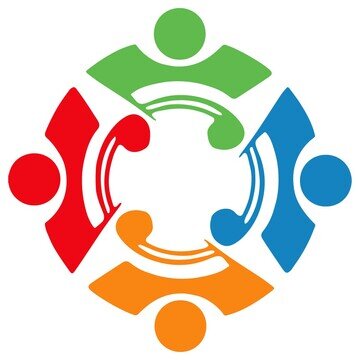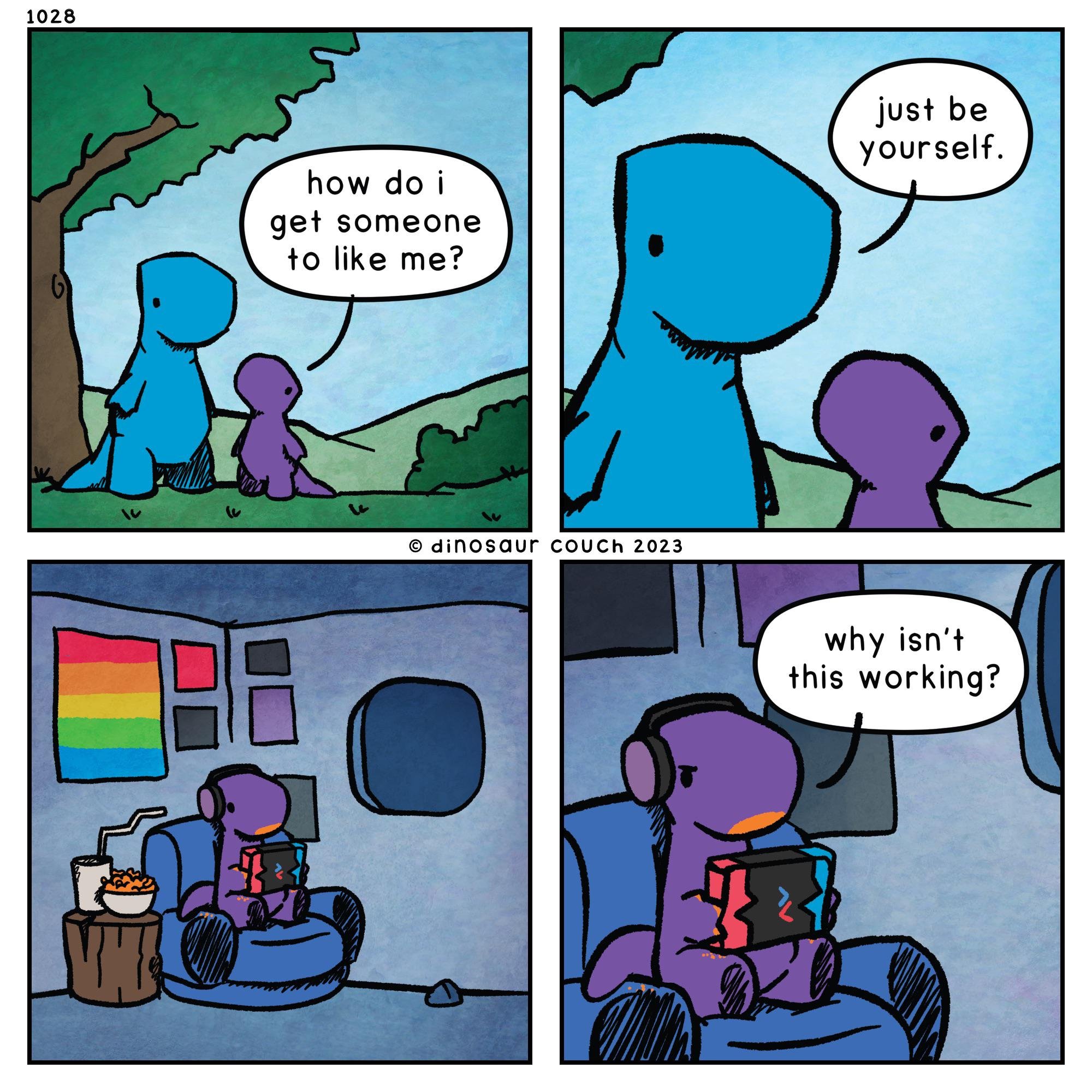96. Be Yourself ... but not always.
Data point of the week
How often have you heard the advice, “Just be yourself”? Or the contradictory advice, “Fake it ‘til you make it?” Which advice should we follow?
A series of studies looked at this question and found that, “authentic expression predicted more positive outcomes (need satisfaction, relationship satisfaction, positive affect, and self-esteem) and less negative affect”
On the other hand, inauthentic expression, “predicted less autonomy and higher negative affect.”
But, as usual, there are some caveats. The studies found that while it’s always better to be real with yourself, (“internal experiences of inauthenticity have been consistently shown to relate to poorer outcomes”), being authentic with others isn’t always a good choice.
When it comes to sharing something vulnerable, the other person’s reaction—whether they are accepting or rejecting—matters more than the act of disclosing itself. In other words, it’s important to be selective about who you choose to disclose to/be authentic with. Are they a trustworthy and supportive recipient of your authenticity?
Reflection
Sometimes it’s hard to know exactly what “be yourself” means. When I was in my teens and twenties I was so focused on wanting to be liked and trying to fit in that I’m not sure I knew who “myself” was. Other people had big, distinct personalities, while mine—as an introvert—was much more subtle. Kind of like an accent … it seemed like everyone else had one, while mine was undetectable to me.
The problem with trying to fit in—and curating how we present ourselves (something we do in person, but exponentially more so social media)—is that when people like us, it feels hollow. Because they’re liking an image of us, or a sliver of who we are, not the real, messy, multi-dimensional whole.
Trying to manage how we’re coming across gets in the way of truly connecting. This was the strongest theme that emerged from a series of focus groups I ran to delve into students’ experiences of loneliness.
Students shared that the pressure to look and act successful led to imposter syndrome. Worse, by acting like they had it all together, no one was there to support them through difficult times … because it looked like they didn’t have any. And since everyone else was similarly acting like they were doing great, they felt like they were the only ones struggling. After all, they couldn’t find evidence of anyone else having difficulty.
The other problem with constantly managing how you’re coming across (instead of just being yourself), is that it’s extremely effortful. All that self-monitoring takes attention away from being fully present with other people. My 7-year-old niece stopped by for a visit yesterday, and in a moment when my focus was split, she said, “I want attention.” We all do. But it’s hard to give if you’re busy self-monitoring.
Connection Skill & Action Step: Be Yourself
Spend a few minutes thinking about—or writing in response to the following questions:
When, where, and with whom do you censor yourself in order to be liked, accepted, or come across in a certain way?
Are there spaces where you expend a lot of effort trying to fit in?
How does this impact genuine connection?
What is one small step you can take to be a little bit more yourself in these environments and test the reaction?
When, where, and with whom are you able to relax and be yourself?
How can you spend more time in these spaces/with these people?
Questions to reflect on or to spark conversation. Please share your responses in the comments.
Have you ever tried to be someone other than yourself in order to fit in? If so, how did it go and how did you feel about it?
What’s the difference between fitting in and belonging?


